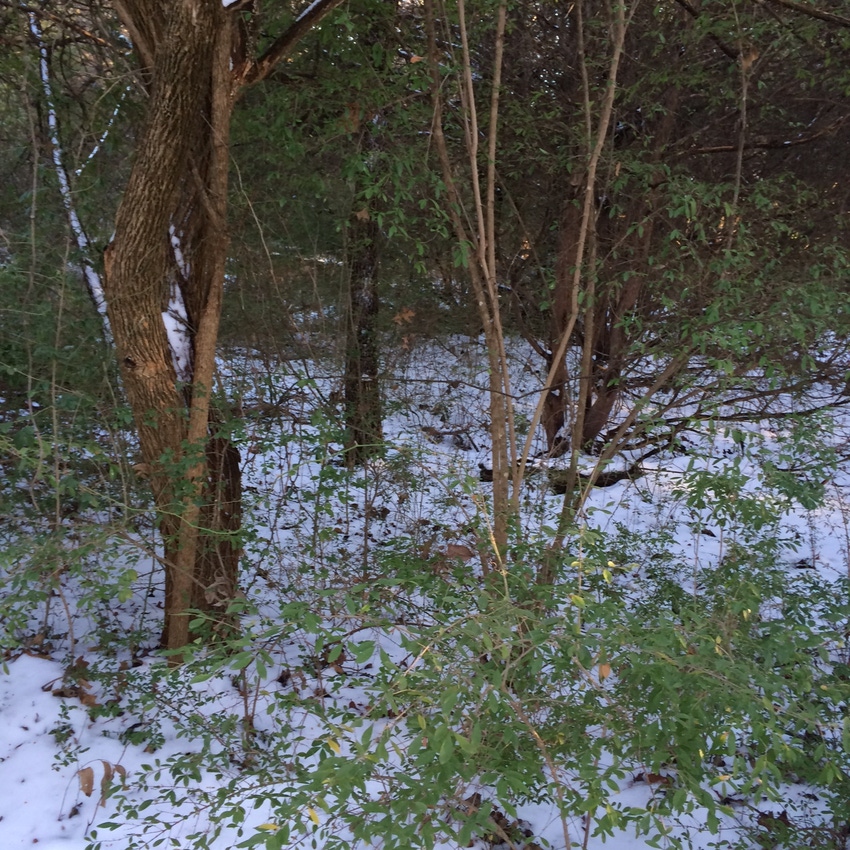October 25, 2017

A few months back the National Oceanic and Atmospheric Administration's (NOAA) Climate Prediction Center was forecasting the probability of an El Niño weather event for the upcoming winter season, a 55 percent chance of an El Niño compared to only a 10 percent chance of a La Niña winter event.
My, how fast things change in the world of weather.
The 2017-2018 winter forecast for North America has been revised this month, and forecasters are now saying all signs point to a La Niña winter, though they are quick to point out that on a strength scale, the La Niña event this winter is expected to be weaker than normal compared to other La Niña years.
“The upcoming winter is likely to be cooler and wetter than usual in parts of the northern U.S., while most of the South is expected to see drier and warmer conditions,” reports Mike Halpert, deputy director of NOAA’s Climate Prediction Center. “Typical La Nina patterns during winter include above average precipitation and colder than average temperatures along the Northern Tier of the U.S., and below normal precipitation and drier conditions across the South.”
Many federal forecasters admit the issue can be confusing at first glance. NOAA says the science of oscillation events are still being uncovered by climate scientists as they study deeper into the issue every year. Regardless how much science knows today, they say there is always more to learn when it comes to the southern oscillation and how it influences climate worldwide.
WET OR DRY?
According to NOAA, El Niño and La Niña are opposite phases of the same thing, what is known as the El Niño-Southern Oscillation (ENSO) cycle. The ENSO cycle is a scientific term that describes the fluctuations in temperature between the ocean and atmosphere in the east-central Equatorial Pacific (approximately between the International Date Line and 120 degrees West).
La Niña is sometimes referred to as the cold phase of ENSO and El Niño as the warm phase of ENSO. These deviations from normal surface temperatures of the ocean can have large-scale impacts, not only on ocean processes, but also on global weather and climate development.
A better way to understand it, perhaps, is to consider that regardless whether an El Niño or La Niña event develops, how, where, and to what extent variances to weather can occur in a specific area or region often comes down to the trade winds. When winds aloft become more moisture laden or whether they are drier will affect weather conditions far and wide.
This heating or cooling mechanism can easily be compared to an air conditioner that doubles as a heat pump. When the air conditioner is set to cool, the air that blows out of it can be cold. When using the air conditioner as a heat pump, however, the air coming out is heated and feels warm.
Simple, right? Not so fast.
This cold or warm air generated by the southern oscillation (ENSO) event has an effect across the globe. For instance, NOAA says arctic air over northern regions of the globe can be forced further south by air generated by the trade winds. As this cold Arctic air reacts, it is often forced down (south) into the upper Midwest, causing temperatures to drop and heavy snows to fall.
At the same time, down in Texas and across parts of the Southwest, as the jet stream stalls just south of the Canadian border, warm and dry trade winds become the dominant weather pattern in the South as cool, moist air is stalled. That is precisely the situation NOAA is predicting to develop this winter— colder, wetter conditions in the Upper Midwest, and warmer, drier winter conditions across much of the South and Southwest.
COMPLEX ISSUE
Now that wasn't too hard was it? Actually, we're not through.
NOAA admits that these major ENSO events can and are greatly affected by prevailing conditions at any point along the way. In other words, while a La Niña winter in Texas might normally mean a drier, warmer climate year, other climatic conditions at the local level can alter that, either a lot or a little. The same can be true for an El Niño winter event. So now we're back to square one.
So, will it be cold and wetter or warm and drier on your farm this winter? You probably aren't going to like the answer. "It depends." Will it be a strong or weak La Niña or El Niño year? Will the ENSO events get stronger later in the season, or weaker? Could the ENSO event just flare up and then go away? Is it possible that a La Niña year could turn into an El Niño year?
The answer to that is yes �– maybe.
It's not getting easier to understand, is it? The truth is, the weather and the climate, like a forest fire, has a mind of its own. Weather does what weather does. And while we are slowly uncovering a lot of clues to how it works, like life and farming, much of it remains a mystery.
Hats off to the weather scientists who dedicate their lives to unraveling many of the mysteries of nature. Perhaps one day we will understand it all. Maybe one day we might even be able to influence or control the weather. Like farming, the technology is getting better. But—like farming—just when we think we have it all worked out, something changes, and we find ourselves back where we started.
You May Also Like




